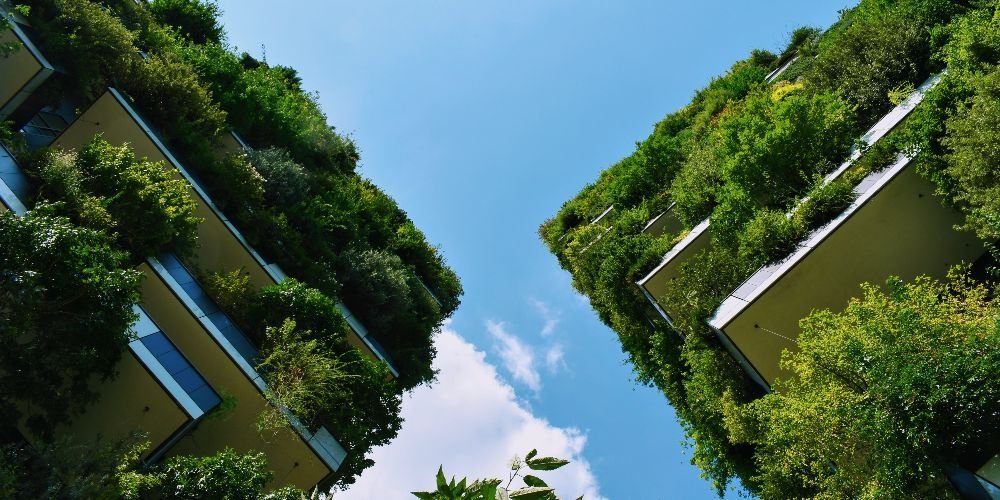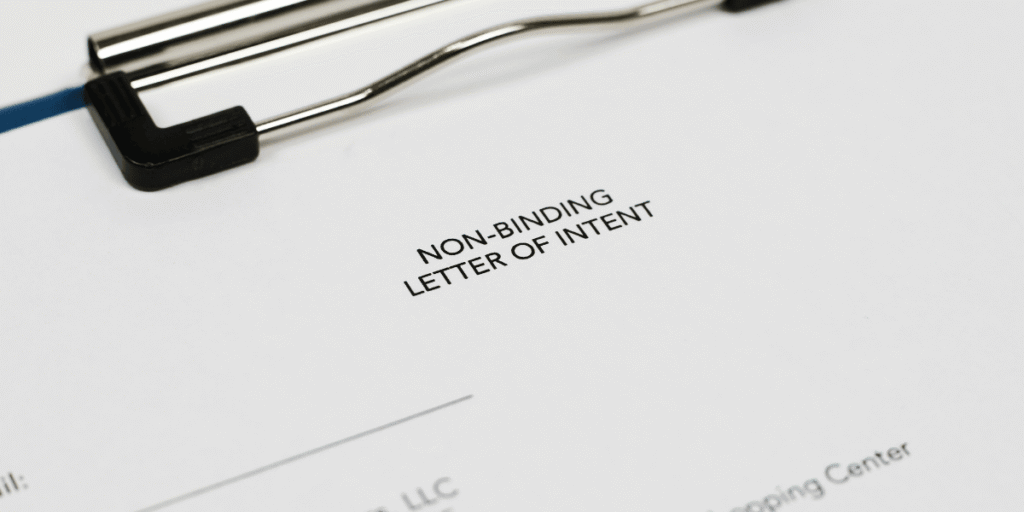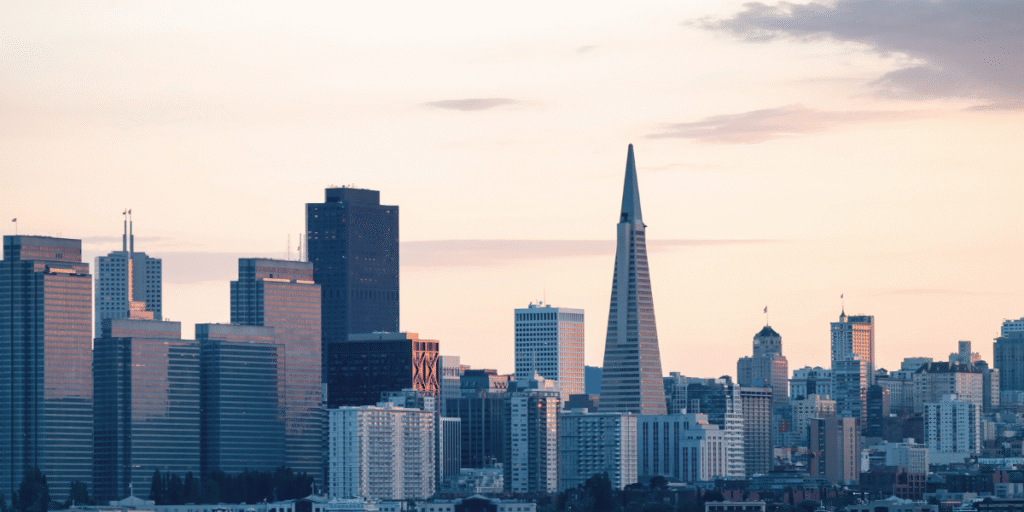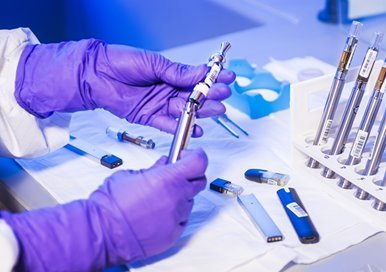LEED Launches Major Update to Reflect New Sustainability Priorities

The U.S. Green Building Council (USGBC) has rolled out its first major update to the LEED certification system in nearly a decade, marking a pivotal shift in how buildings worldwide are rated for environmental performance.
LEED v5, the latest iteration of the Leadership in Energy and Environmental Design program, reflects growing demand for sustainable, resilient buildings. Introduced 25 years ago, LEED has become the global benchmark for green building certification, and this update aims to address today’s most pressing environmental challenges.
A key change: decarbonization now accounts for 50% of the total certification points, up from 35% in the previous version. This sharper focus on carbon reduction follows extensive feedback from building owners, designers, and sustainability experts, said Sarah Zaleski, Chief Products Officer at USGBC.
“These updates respond to the market’s demand for high-performing, resilient buildings that are true ecological stewards of their environments,” Zaleski explained.
LEED’s reach is extensive, with over 125,000 certified projects globally, spanning commercial buildings, residential developments, and entire neighborhoods. USGBC has reported a noticeable rise in commercial certifications since 2020, reflecting increasing interest in green building as a market differentiator.
That demand is also translating into higher rents. According to JLL, green-certified Class A office spaces command a rental premium of nearly 12% across eight major markets in the U.S. and Canada. In New York City, where financial and professional services firms drive leasing activity, 72% of the leased footprint among the top 100 occupiers is linked to carbon commitments.
“Pressure to secure spaces that meet corporate sustainability goals and align with employee expectations will only intensify,” JLL noted.
LEED v5 offers a broader, more tailored framework to help buildings decarbonize across their full life cycle. This includes enhancing energy efficiency, integrating renewable energy sources, improving refrigerant management, and strengthening electric vehicle infrastructure. Buildings are also now required to assess climate resilience—for example, by showing how they mitigate wildfire risk in vulnerable regions.
Importantly, the updated program allows greater flexibility for buildings to earn points based on their specific use and location. A healthcare facility, for instance, might score additional points by addressing acoustic comfort for patients.
“We know one size doesn’t fit all,” said Zaleski. “High performance looks different depending on the building type and region, so we’ve built out credits that allow teams to tailor their sustainability strategy accordingly.”
As demand for sustainable, high-performance buildings grows, the new LEED framework is set to play a central role in shaping the next generation of real estate.




